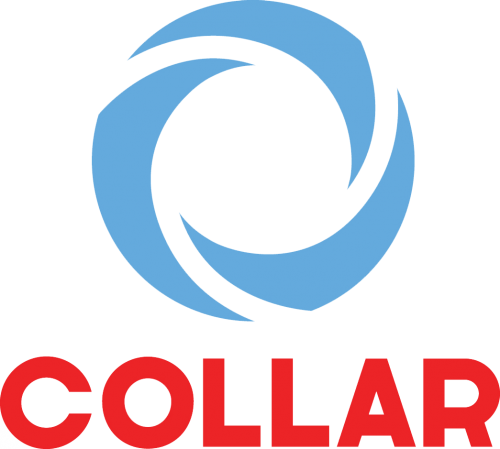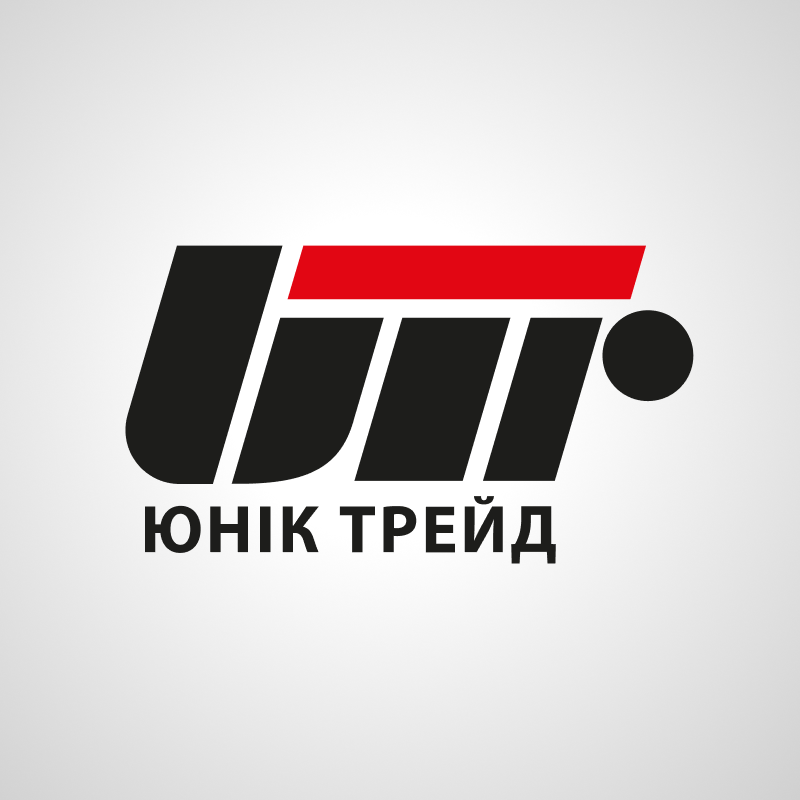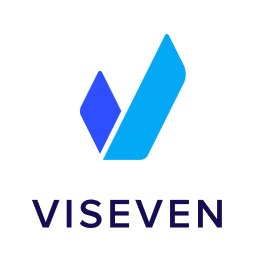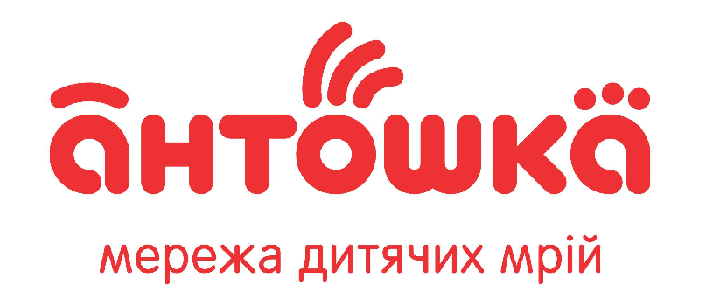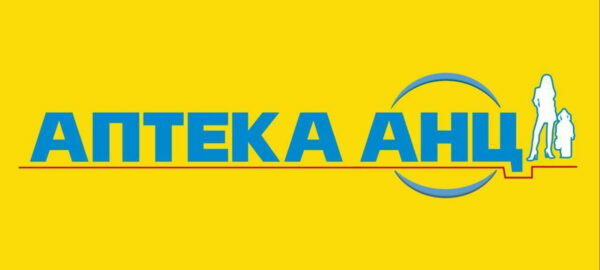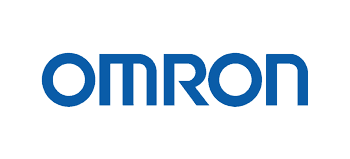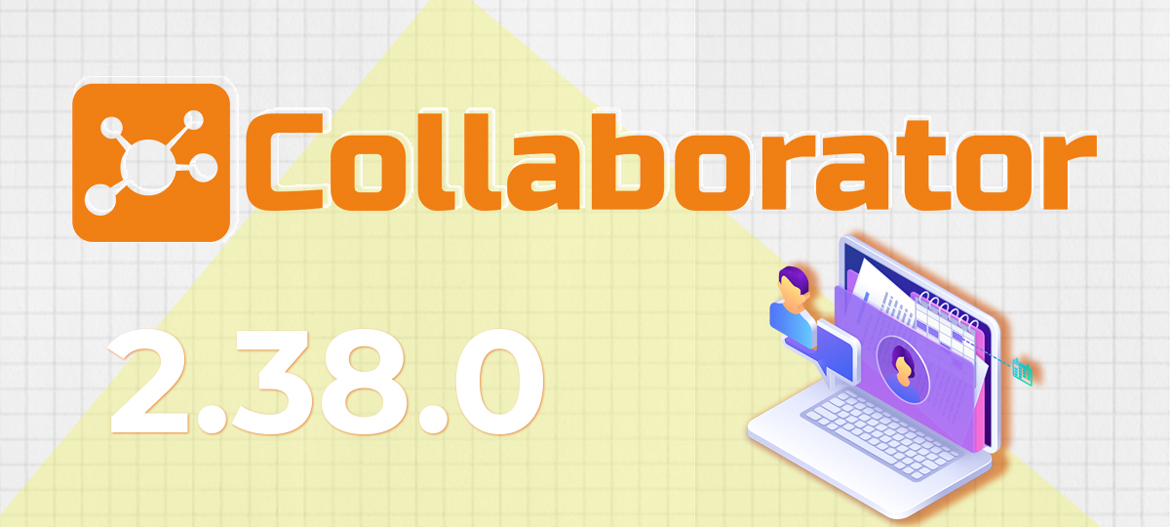
LMS Collaborator 2.38.0 – Editing the date and result of a meetup, emoji feature, notifications about testing requests and other updates
Meet the new version – LMS Collaborator v.2.38.0!
1. Record the date and result of the meetup
LMS Collaborator “Meetups” help to record the participation and results of in-person training – seminars, trainings, conferences, etc. By combining them with other online activities on the portal, you can easily implement blended learning.
As a rule, the date and result of meetups are recorded on paper or in Excel spreadsheets. For example, if these are regular briefings that are attended by employees of different departments and newcomers. In order not to lose this data and store it in one place, you can transfer it to LMS Collaborator. To do this, in the report on the meetup, go to editing and specify the date of the meetup and the result that the employee received.

An example of a report on meetups
2. New message template – Notification of a request for a test attempt
When creating a quiz in LMS Collaborator, you can specify the number of attempts. It can be 1 attempt or several. If a user fails the quiz, but has one more attempt, they can use it and retake the quiz to get a better result. When there is no such attempt – they can request to retake the quiz.

After submitting the request, the portal administrator will receive a notification to his email and messenger. The message will have a link attached, which he can follow and accept or reject the testing request.

An example of an email message about a testing request
3. Emoji feature
Now you can use emojis on the LMS Collaborator portal. Leave comments, communicate with colleagues in the chat and forum, and add emotions to your messages with bright emoji pictures.

Please note! The appearance of the emoji will depend on the browser you are using.
4. Update of free response assessment
Among the different types of questions that can be used in LMS Collaborator quizzes are free-response questions. This type of question requires a written answer from the user. Portal administrators manually check such answers and give them a score in the “Assessment” section – “Answers for checking”.
In one of the previous versions, we simplified the process of evaluating free answers for Administrators. They can check the answer and rate it in a modal window without going to a separate page.
We continue to improve this functionality. Now, after giving a mark for a free answer, the Administrator can immediately proceed to the assessment of the next question. Just click the “Assess and check the following” button, after which a window with the following answer will open.

5. Updates for learning paths
5.1. Show the number of assigned learning paths to the user
Learning paths in LMS Collaborator are a customized sequence of training tasks that are automatically assigned by the system based on the results of the previous ones. With the help of learning paths you can automate the adaptation of newcomers, certification, product and other types of staff training.
Read more about the learning paths here
All learning paths assigned to the user are displayed on a separate page – “My learning paths”. On this page, the user can track his path through the learning paths, view their content, conditions of completion and assignment of tasks.
Near the page title there is now a counter that shows the number of paths the user is moving along. After logging in, the user will immediately pay attention to the fact that he has new or not passed the paths that require their attention.

“My learning paths” counter
5.2. Notification about the assignment of a new task with a link to the learning path
When the user is assigned training tasks, he receives a notification letter from the system to his mail or messenger. Thus, the user immediately learns about the appearance of new learning activities that need to be completed.
Some of the tasks can be part of the learning path and assigned automatically using automation rules. For such tasks, LMS Collaborator will send another email to help draw the user’s attention to the fact that the task is part of a path. It will contain the name of the learning path that includes the task and an active link to view it.

An example of email message
6. Requests for professional development – Required assignment of a personal plan and learning path
In Collaborator, managers can post a list of positions for which employees can apply to improve their skills. Each position includes a list of requirements that the employee must meet. If an employee has insufficiently developed competencies for a new position, they can be assigned a personal development plan (PDP) or learning path.
For example, a sales assistant of a certain product group wants to become a more versatile employee and be able to work with another product group too. He submits an application for advanced training, which is reviewed by his immediate supervisor. The manager confirms this application and assigns the appropriate training (learning path or PDP) for the desired product group. In this case, the appointment of training will be required.

An example of a request for professional development
To solve such cases, we have added the ability to make it required to assign a path and PDP to an employee who has submitted an application for professional development.

Read about the previous version of LMS Collaborator 2.37.0 here


